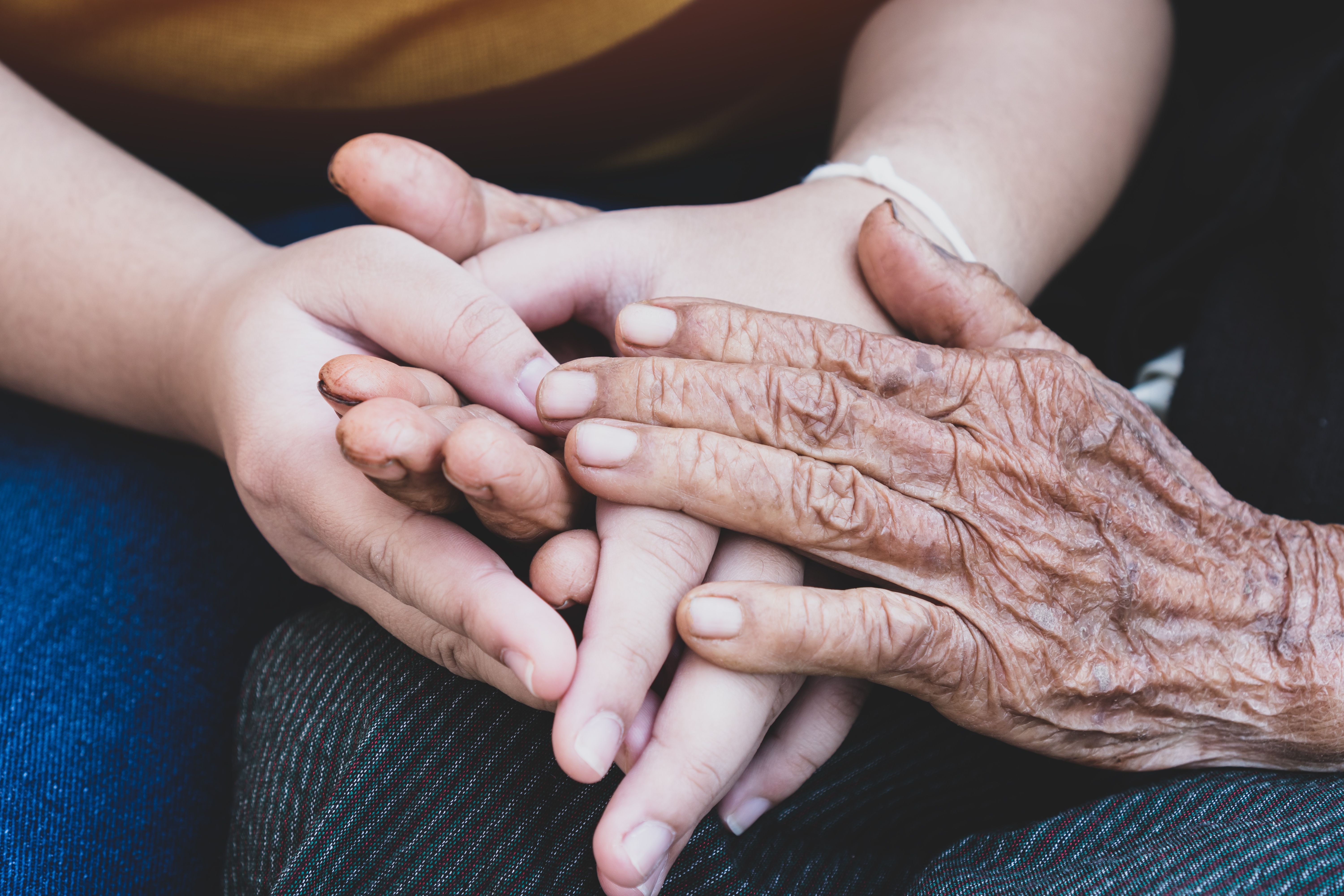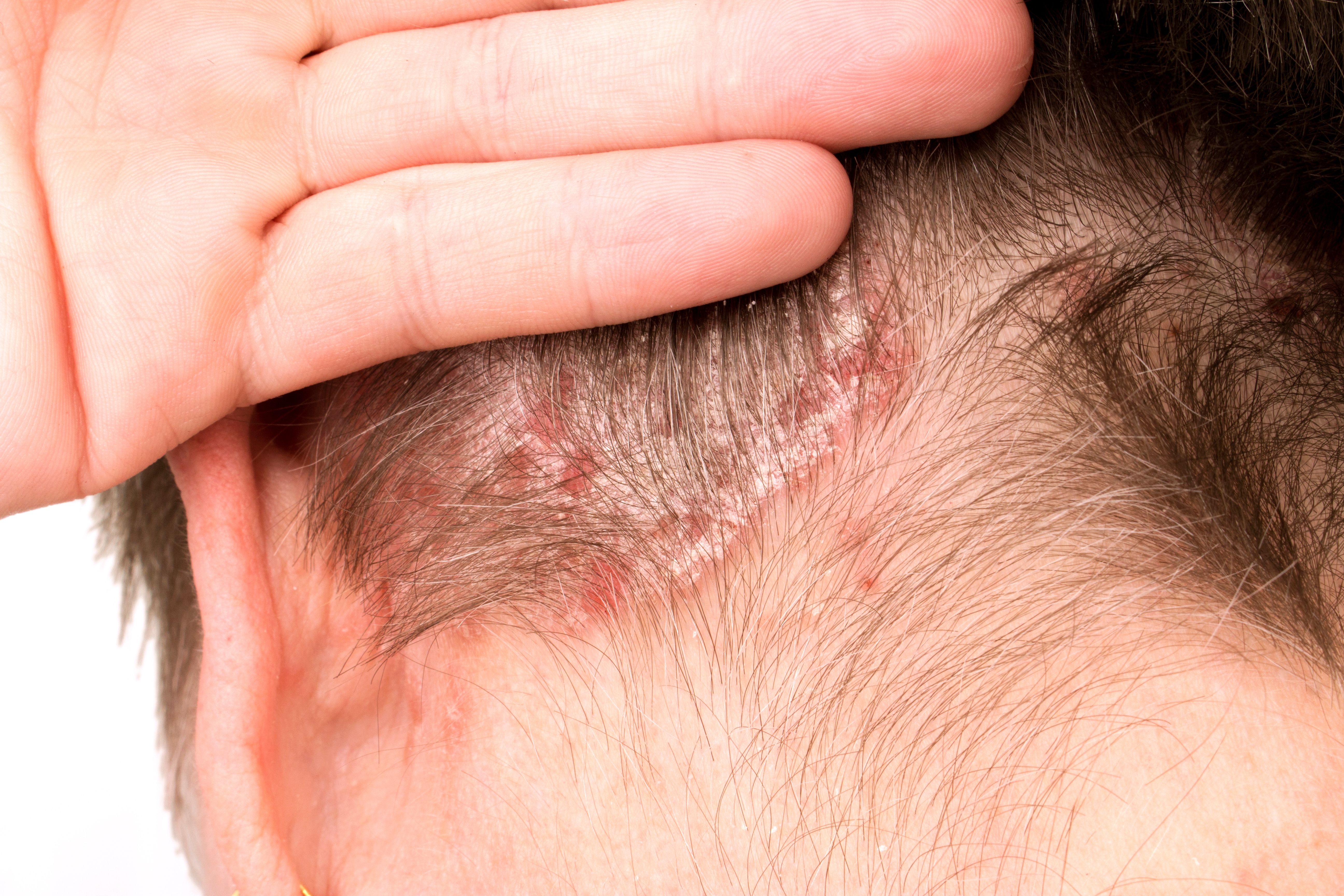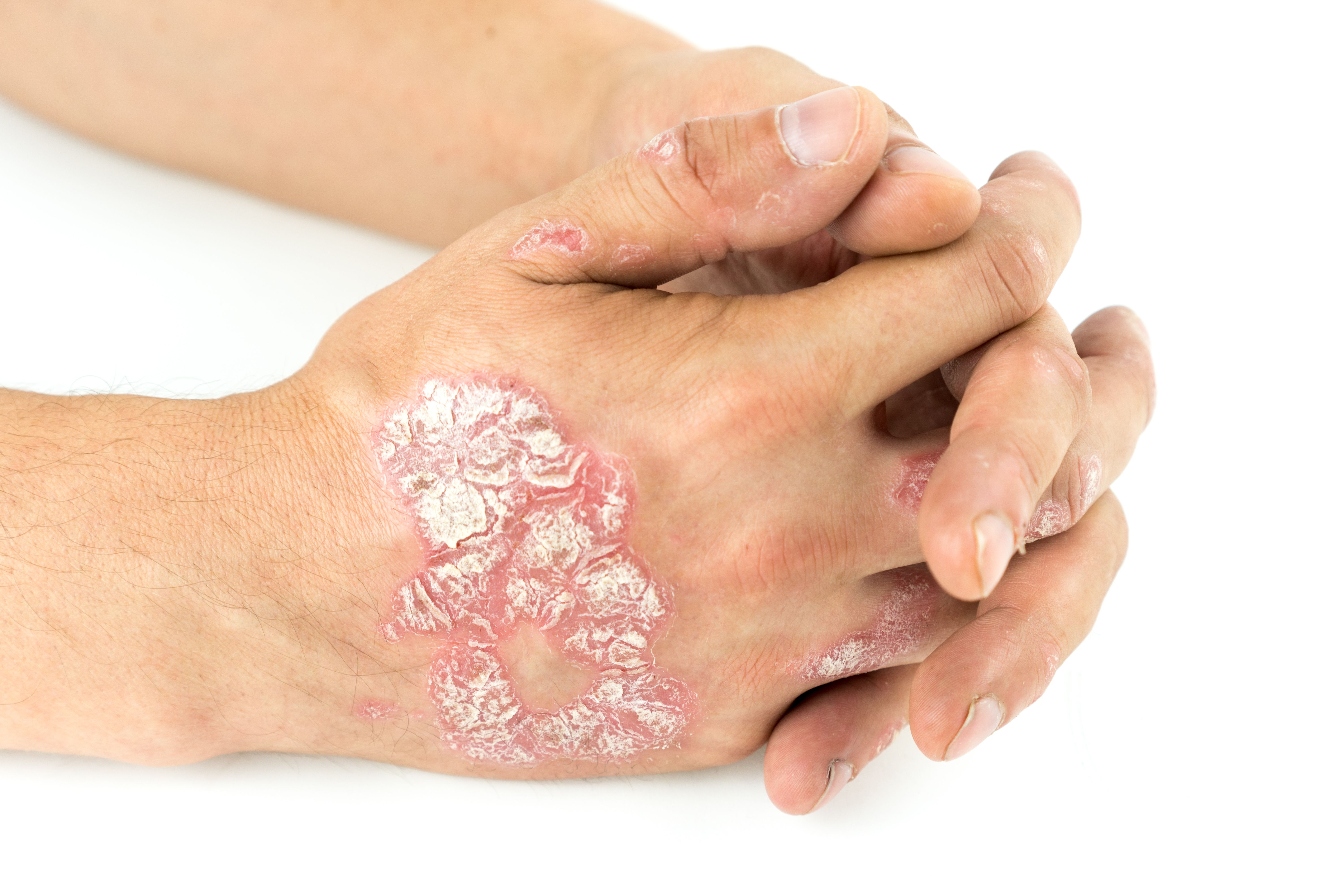Article
Study Summary: FREEDOM
Background
Denosumab is a fully human monoclonal antibody that binds to and blocks the receptor activator of nuclear factor kappa-B ligand (RANKL), which is an essential regulator of osteoclast formation, function, and survival. In this way, the drug inhibits osteoclastic bone resorption. The results of initial trials showed that subcutaneous administration of denosumab, given by injection twice a year, was effective in reducing bone breakdown and improving bone mineral density.1
In the FREEDOM (Fracture Reduction Evaluation of Denosumab in Osteoporosis Every 6 Months) trial, Cummings and colleagues investigated how denosumab affects the risk of fracture in postmenopausal women with osteoporosis.1
Study Design
FREEDOM was an international, multicenter, randomized, placebo-controlled trial. Women were eligible for the study if they were aged between 60 and 90 years and had a lumbar spine or total hip bone mineral density T-score of less than −2.5. Those who had conditions that affect bone metabolism were excluded from the study, as were women who had a lumbar spine or total hip T-score of less than −4.0, more than 2 moderate vertebral fractures, or any severe vertebral fractures. Women were also excluded if they had taken oral bisphosphonates for more than 3 years; used intravenous bisphosphonates, fluoride, or strontium within the past 5 years; or used parathyroid hormone (PTH) or PTH derivatives, corticosteroids, systemic hormone replacement therapy, selective estrogen receptor modulators, tibolone, calcitonin, or calcitriol in the 6 weeks before study initiation.1
Patients were randomized 1:1 to receive subcutaneous injections of denosumab 60 mg or placebo every 6 months. Women in both groups also received daily calcium and vitamin D supplements.1
The study lasted for 36 months, and its primary end point was the incidence of new vertebral fractures at month 36. Secondary end points were the time to first nonvertebral fracture and time to first hip fracture. Additional end points included new clinically diagnosed vertebral fractures and multiple (≥2) new vertebral fractures. Bone mineral densities at the hip and lumbar spine were measured at baseline and different time points during the study, as were serum levels of the bone turnover markers C-telopeptide (CTX) and N-terminal propeptide of type 1 procollagen (P1NP).1
Results
Baseline characteristics were similar among women in both treatment groups (Table 1).1 Patients had a mean age of approximately 72 years and a mean body mass index of 26.0. Approximately 24% of women had a vertebral fracture. Mean T-scores were −2.8 at the lumbar spine, −1.9 at the total hip, and −2.2 at the femoral neck.1
Denosumab was superior to placebo in improving fracture risk and bone mineral density at various skeletal locations in women with postmenopausal osteoporosis. Denosumab was associated with a 68% reduction in the relative risk of a new vertebral fracture at month 36 compared with placebo (2.3% vs 7.2%, respectively; P <.001) (Table 2).1 This effect was similar in each trial year.1
Women who received denosumab also had significantly reduced cumulative incidences of hip fractures (0.7% vs 1.2%; P = .04) and nonvertebral fractures (6.5% vs 8.0%; P = .01) (Table 2).1 Compared with placebo, denosumab resulted in similar reductions in risk of clinically diagnosed vertebral fractures (69%) and in multiple new vertebral fractures (61%) (P <.001 for both; Table 2).1
Although bone mineral density was unchanged in women who received placebo, it increased by 9.2% and 6.0% at the lumbar spine and total hip, respectively, in those who received denosumab. Compared with placebo, denosumab was associated with greater improvements in bone turnover markers. This was highlighted by significantly greater (P <.001) decreases from baseline in levels of serum CTX and serum P1NP at all time points.1
The rates of adverse events (AEs), including infection, cancer, and cardiovascular events, were similar in both groups. Although the overall rates of cellulitis were similar among women in both groups, serious AEs of cellulitis occurred more frequently in those who received denosumab compared with placebo (0.3% vs <0.1%; P = .002), and more women in this group were hospitalized for cellulitis.1
No cases of osteonecrosis of the jaw or development of neutralizing antibodies to denosumab were reported in either of the 2 groups. Delayed fracture healing occurred in 2 women who received denosumab and in 4 who received placebo; and nonunion of a humeral fracture occurred in 1 woman in the placebo group. No cases of femoral shaft fracture occurred in the denosumab group, but 3 were reported in the placebo group. No patients given denosumab and 3 given placebo developed hypocalcemia.1
The incidence of death was also similar in both groups, with 70 (1.8%) deaths reported among women who received denosumab, and 90 (2.3%) among those who received placebo (P = .08).1
Conclusions
The findings of this randomized trial showed that denosumab is effective in reducing the risk of vertebral, hip, and nonvertebral fracture in postmenopausal osteoporosis. With respect to risk reduction, for vertebral fracture, subcutaneous denosumab provided a reduction similar to that reported for intravenous zoledronic acid, and a greater reduction than those reported for oral osteoporosis agents. For nonvertebral fractures, denosumab provided a risk reduction similar to alendronate, risedronate, and zoledronic acid. It is important to note that these comparisons are limited, however, as they are not based on results from head-to-head trials with denosumab and bisphosphonates.1
The investigators concluded that by targeting RANKL to reduce bone turnover and increase bone mineral density, this monoclonal antibody offers an alternative therapeutic approach to osteoporosis.1
Reference
Cummings SR, San Martin J, McClung MR, et al; FREEDOM Trial investigators. Denosumab for prevention of fractures in postmenopausal women with osteoporosis [published correction appears in N Engl J Med. 2009;361(19):1914]. N Engl J Med. 2009;361(8):756-765. doi: 10.1056/NEJMoa0809493.





